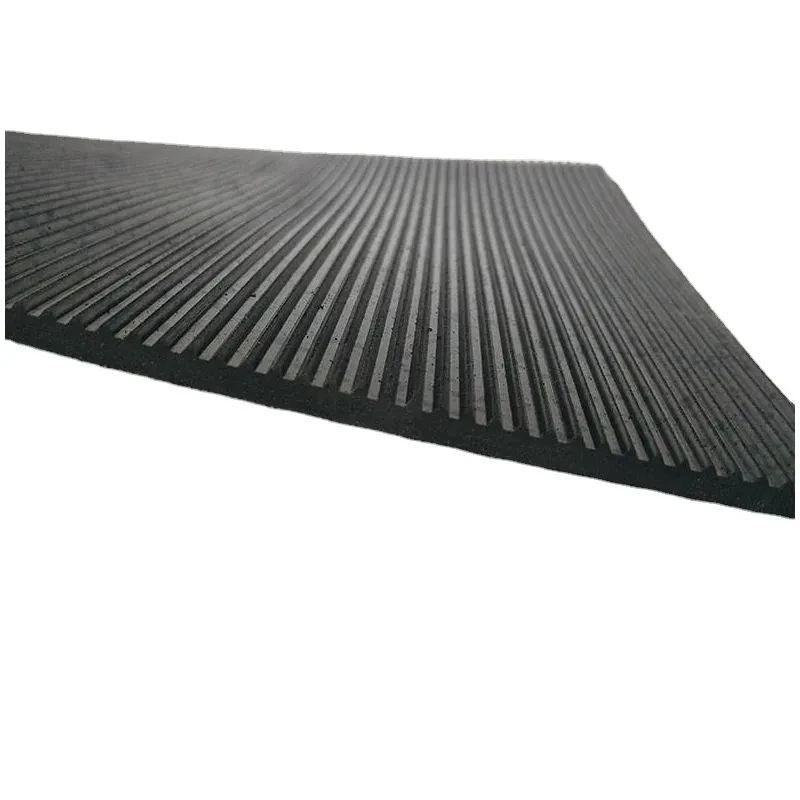Types of Bottom Garage Door Seals for Optimal Energy Efficiency and Protection
Understanding Bottom Garage Door Seal Types Protect Your Space
When it comes to maintaining a garage, one often overlooked yet crucial component is the bottom garage door seal. This seemingly simple strip plays a significant role in protecting your garage from the elements, pests, and debris. It’s vital to choose the right type of seal to ensure maximum efficiency and longevity. In this article, we will explore the various types of bottom garage door seals, their functions, and how to select the perfect one for your needs.
What is a Bottom Garage Door Seal?
A bottom garage door seal is a weather-proofing strip located at the bottom of your garage door. Its primary purpose is to create a barrier between the garage interior and the outside environment. Depending on the type of seal used, it can help keep out water, wind, dust, pests, and even noise. A proper seal can also improve the energy efficiency of your garage, leading to lower energy bills and a more comfortable space.
Types of Bottom Garage Door Seals
1. Rubber Seals Rubber seals are one of the most common types used in garage doors. They are flexible, durable, and highly effective at providing a tight seal. Available in various thicknesses and profiles, rubber seals can conform to uneven garage floors, effectively blocking out water and debris. They are resistant to harsh weather conditions, making them a popular choice in many climates.
2. Vinyl Seals Vinyl seals are lightweight and easy to install. They are less durable than rubber but can still provide a decent barrier against the elements. Vinyl seals are often used in places with milder climates where heavy rains are not a concern. They are also available in various shapes and sizes, making them versatile for different garage door designs.
bottom garage door seal types

3. Brush Seals Brush seals consist of bristles attached to a backing material. They are particularly effective for keeping out dust, debris, and small pests. Brush seals can be excellent for garages that frequently experience wind or where sand and dirt are common issues. They are also helpful in insulating your garage against noise.
4. Aluminum or Metal Seals These seals offer a more robust solution for garages that may face extreme weather or rough conditions. They typically come with a rubber or vinyl sealing strip that offers weather resistance while the metal provides added durability. While they can be more challenging to install and may require professional assistance, their longevity makes them worthwhile.
5. Threshold Seals Threshold seals are installed on the floor beneath the garage door. They create a physical barrier against water and debris. They are particularly useful in areas prone to flooding or heavy rain, as they can effectively direct water away from the garage entrance. Threshold seals come in various materials, including rubber and aluminum.
How to Choose the Right Seal
Choosing the right bottom garage door seal depends on various factors
- Climate Consider the weather conditions in your area. If you live in a region with extreme temperatures or heavy rainfall, opt for a durable rubber or metal seal. - Garage Usage Assess how you use your garage. If it’s a workspace or a storage area for sensitive items, a brush seal or vinyl seal may provide better protection against dust and pests. - Installation Some seals can be easily installed as DIY projects, while others may require professional installation. Determine your comfort level with home repairs before making your choice.
In conclusion, the bottom garage door seal plays a pivotal role in maintaining the integrity of your garage space. By understanding the types available and their functions, you can select the one that meets your specific needs, ultimately leading to a more secure and efficient garage environment.
-
Under Door Draught Stopper: Essential ProtectionNewsJul.31,2025
-
Garage Door Seal and Weatherstrips for ProtectionNewsJul.31,2025
-
Edge Banding Tape for Perfect EdgesNewsJul.31,2025
-
Table Corner Guards and Wall Corner ProtectorsNewsJul.31,2025
-
Stair Nose Edging Trim and Tile Stair SolutionsNewsJul.31,2025
-
Truck Bed Rubber Mats for Pickup BedsNewsJul.31,2025
-
Window Weather Stripping for Noise ReductionNewsJul.29,2025